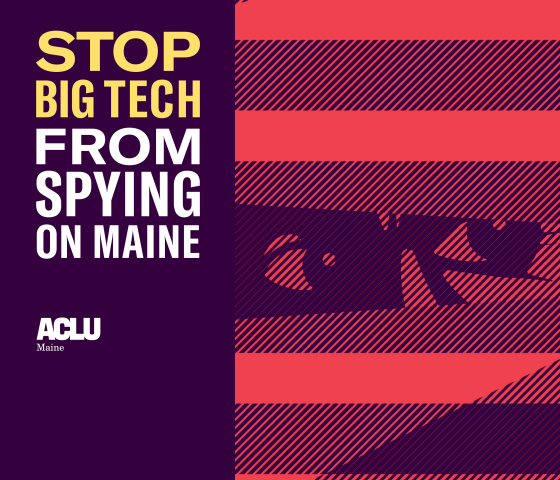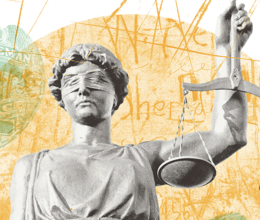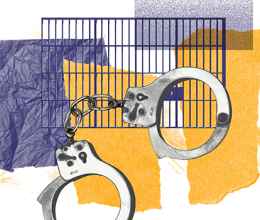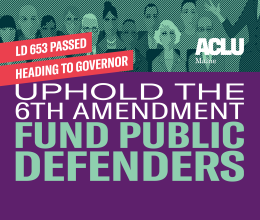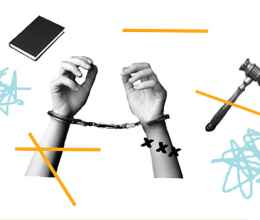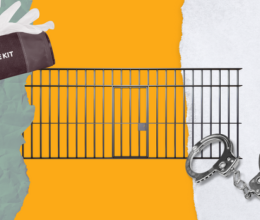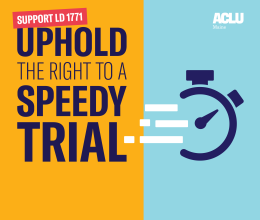In response to Federal Judge Shira Scheindin’s August 12th ruling finding the NYPD’s use of stop-and-frisk unconstitutional, New York City Mayor Michael Bloomberg wrote an opinion piece in the Washington Post. In the article, he accused Judge Scheindlin of “brazen activism” and claimed that stop-and-frisk was an invaluable crime fighting tool that had significantly contributed to New York City’s recent drop in crime.
Bloomberg argued that the disproportionate amount of minorities affected by stop-and-frisk policies was not an indication of racial profiling by law enforcement, but rather, a reflection of those most likely to be victims of violent crimes and/or engage in criminal behavior.
When it comes to policing, political correctness is deadly. That the proportion of stops generally reflect our crime numbers does not mean, as the judge wrongly concluded, that the police are engaged in racial profiling; it means they are stopping people in those communities who fit descriptions of suspects or are engaged in suspicious activity.
As Bloomberg sees it, higher crime rates in communities with large minority populations creates a need for a greater police presence which then, in turn, leads to more interaction with the police - explaining the disproportionately high rate of minority contact.
However, does the data support this claim? A Washington Post article published five days before Bloomberg’s op-ed highlights some big problems with his pragmatic approach to fighting crime. A study done by Jeffery Fagan at Columbia Law School found that even when you control for crime rates, the racial composition of a given precinct predicts the number of stops. Even more shocking is a study looking at the correlation between number of stops verses seizures of illicit goods. Between 2004 and 2012, 435,000 whites were stopped, resulting in 16,000 seizures. During that same timeframe, 2.3 million African Americans were stopped resulting in the same amount (16,000) seizures. Not only do these numbers disprove Bloomberg's justification for stop-and-frisk, they reinforce Justice Scheindlin's ruling that this practice does, in fact, violate millions of New Yorker's 4th and 14th Amendement rights. For a summary of data as well as the NYCLU work on stop-and-frisk click here.
In a recent Daily Show segment titled “Frisky Business” comedians Jessica Williams and John Oliver parodied the stop-and-frisk policy. While Oliver agreed with Judge Scheindin’s ruling, pointing out how stop-and-frisk unfairly targeted minorities and caused significant disruption in people’s daily lives, Williams took a surprisingly different stance. Reporting from “New York’s most crime ridden neighborhood” she claimed that stop-and-frisk was a fact of urban life and that it did not go far enough. “Frankly, John, I don’t feel safe here” she asserted.
Not to spoil the punch line, but turns out Williams was not in Brownsville or Bushwick (areas heavily effected by stop-and-frisk), but instead on Wall Street or “Business Harlem” as she refers to it. For the remainder of the segment, Williams and Oliver banter over the fairness of stopping and searching people who fit the profile of a white-collar criminal (tailored suits, slicked back hair and always needing sunscreen according to Williams). While Oliver is outraged at this unfair profiling of anyone on Wall Street, Williams maintains that “white-collar crime is disproportionately committed by people who fit a certain profile” and that “if you are, say, a white, Upper East Side billionaire with ties to the financial community like Michael Bloomberg, you just gotta accept getting roughed by the police every once in a while. You know, for everyone’s safety. ”
